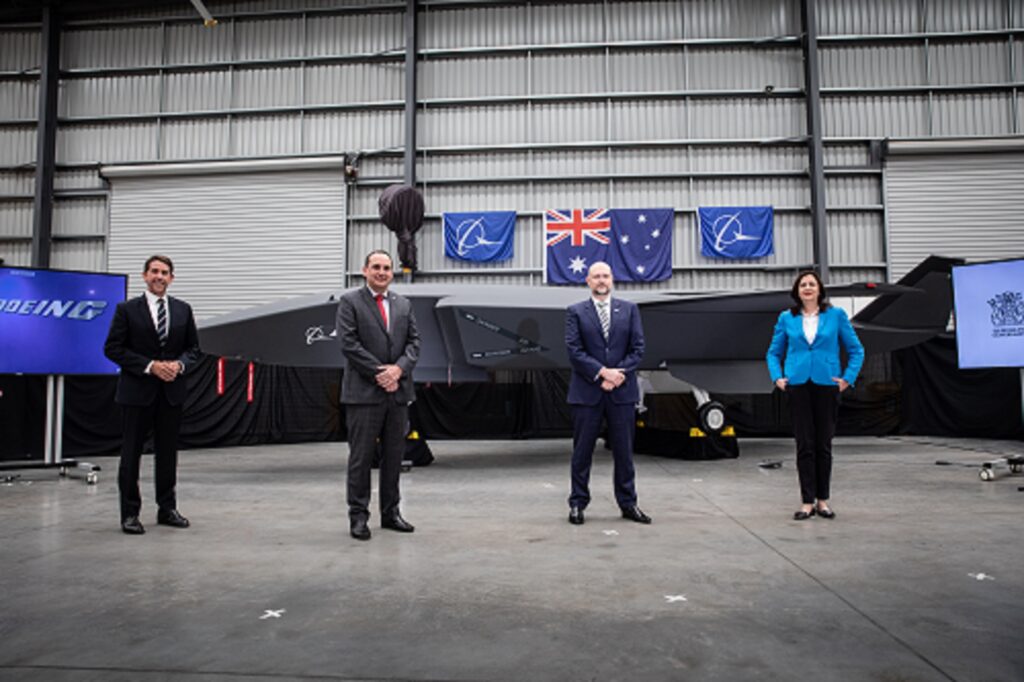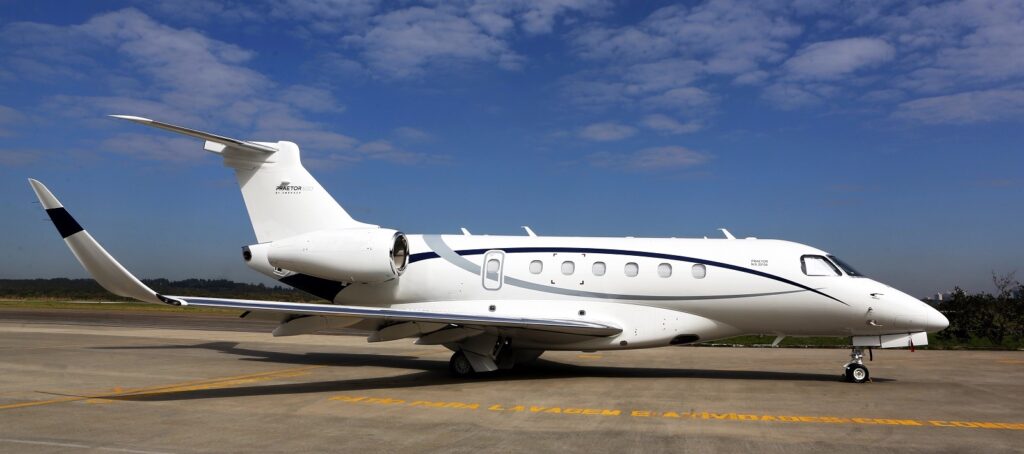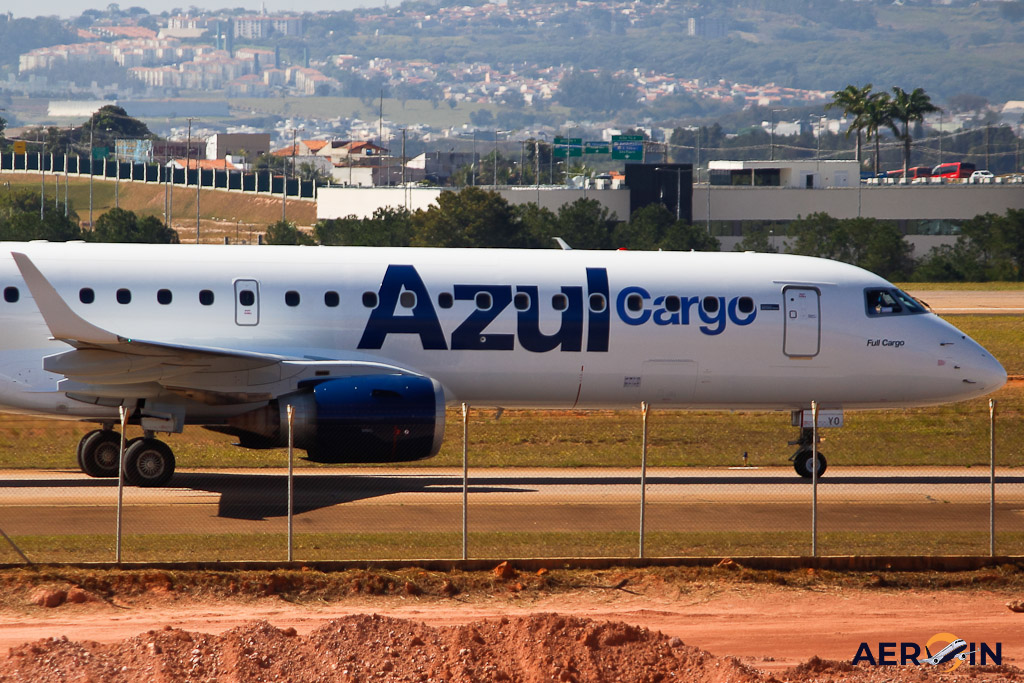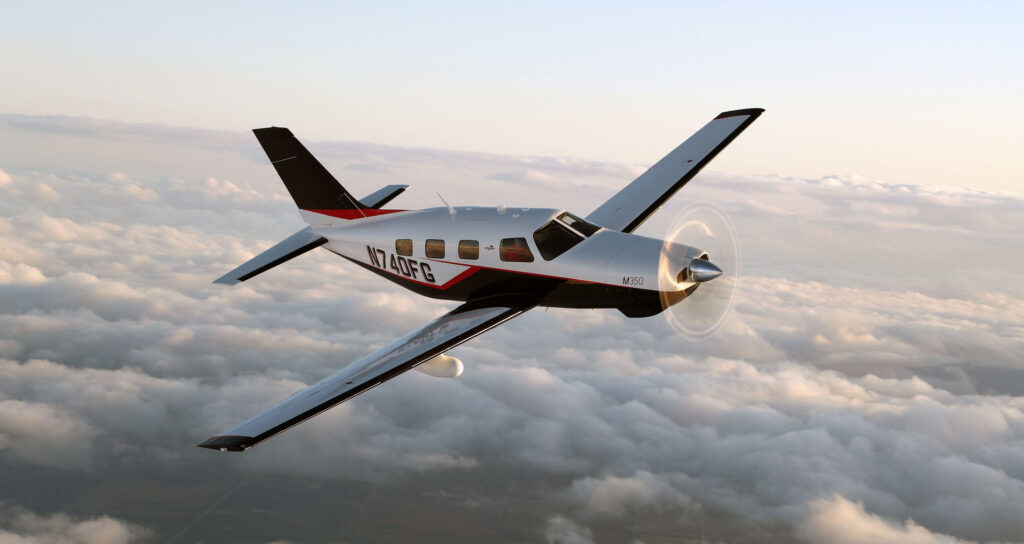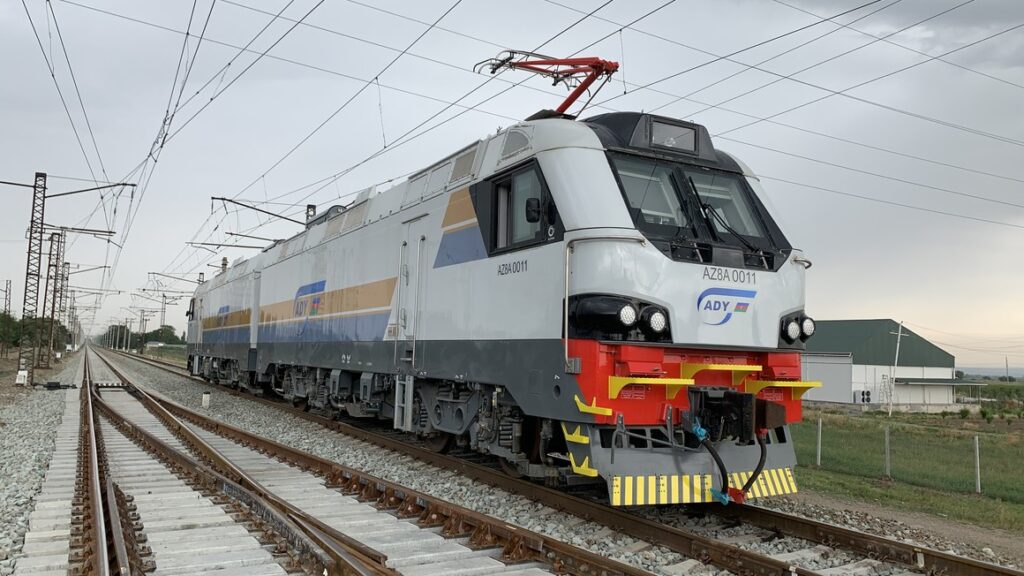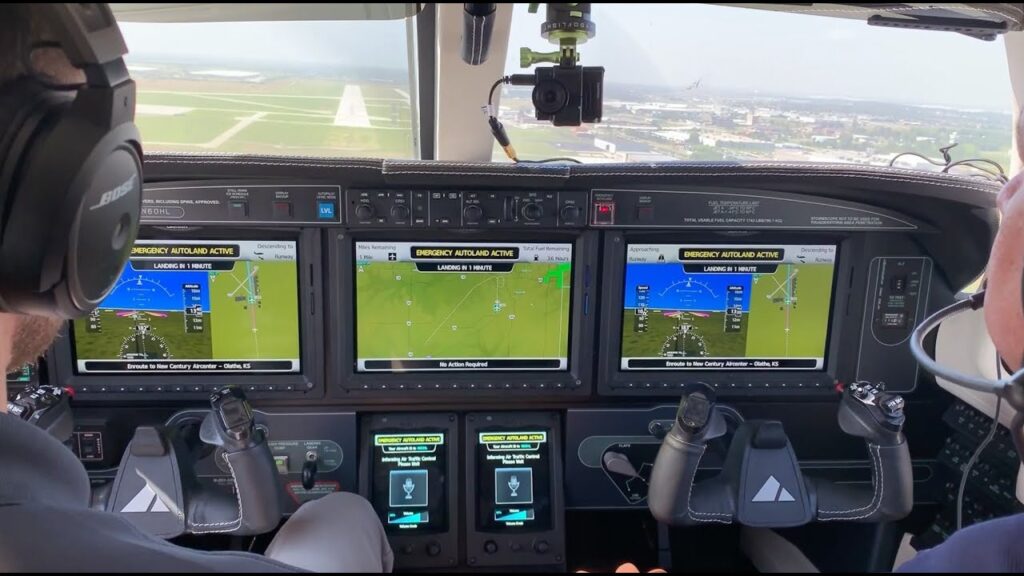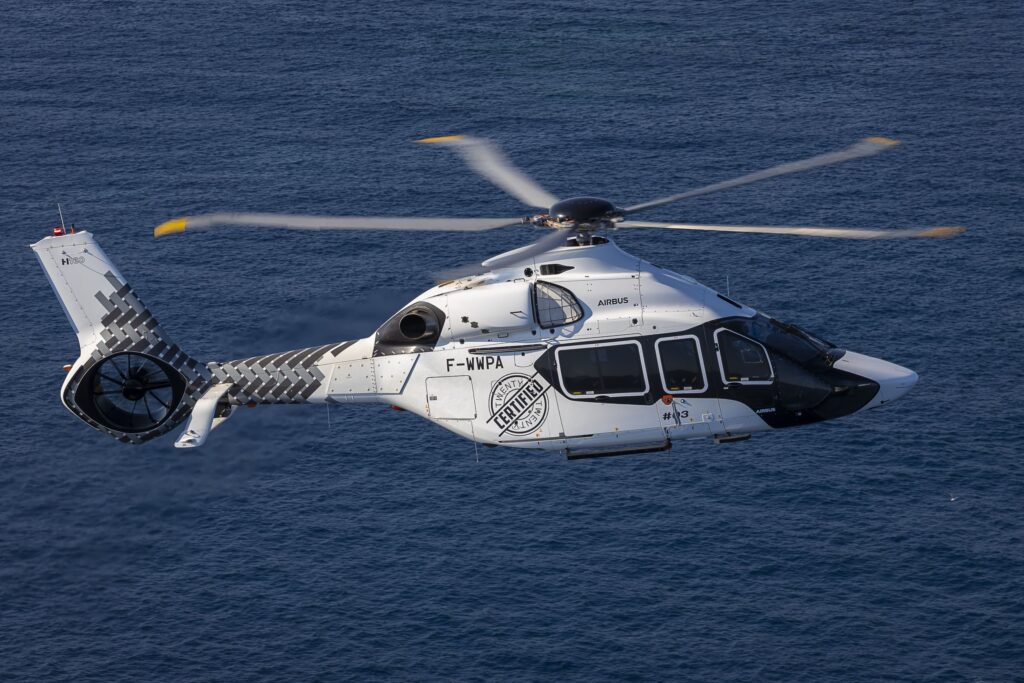Queensland to Assemble Boeing’s First Australian Designed & Developed Unmanned Aircraft
Queensland is poised to take another bold step in aerospace and advanced manufacturing with an historic opportunity to be the final production home for unmanned defence aircraft – the first military aircraft to be designed,…
